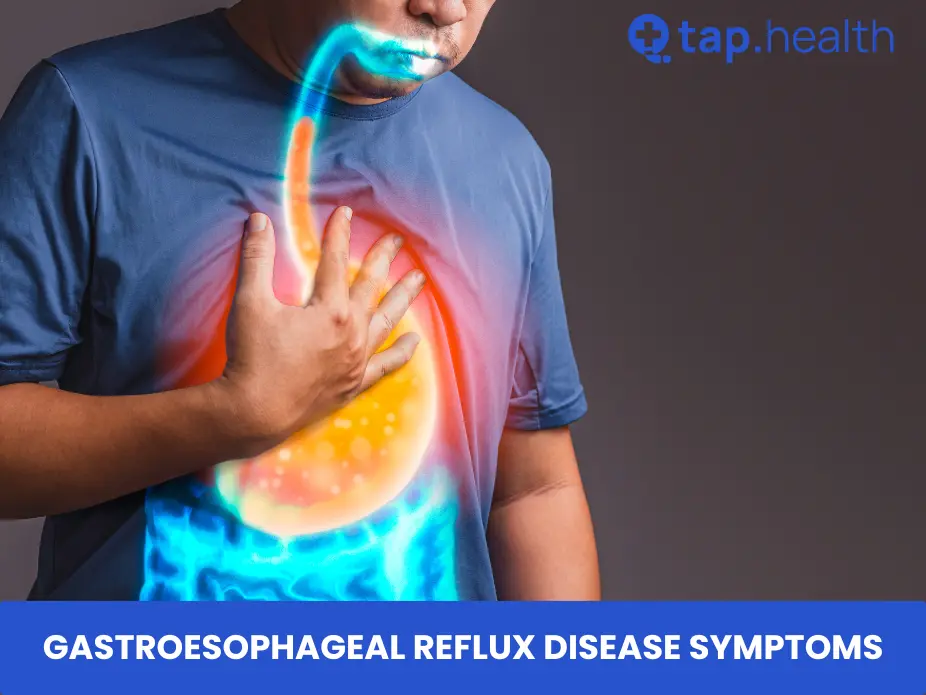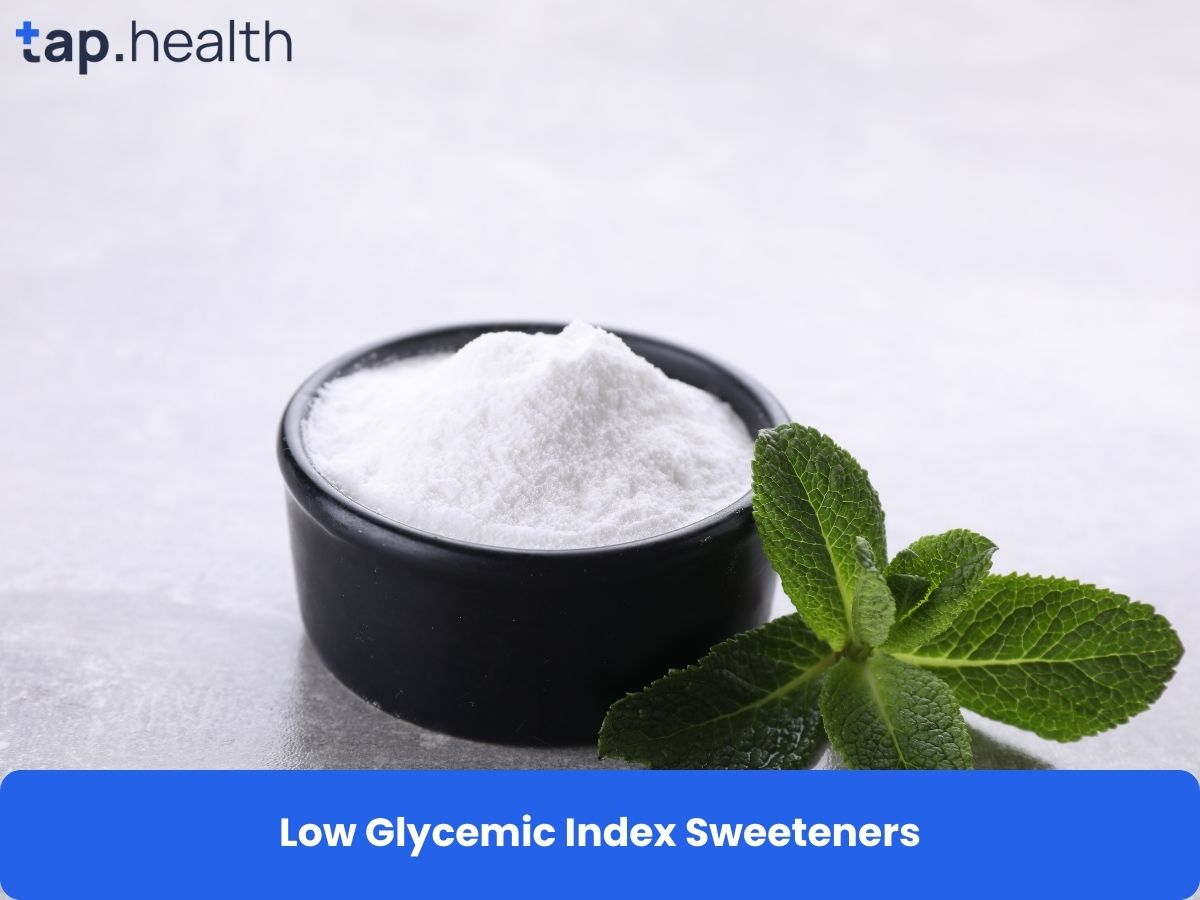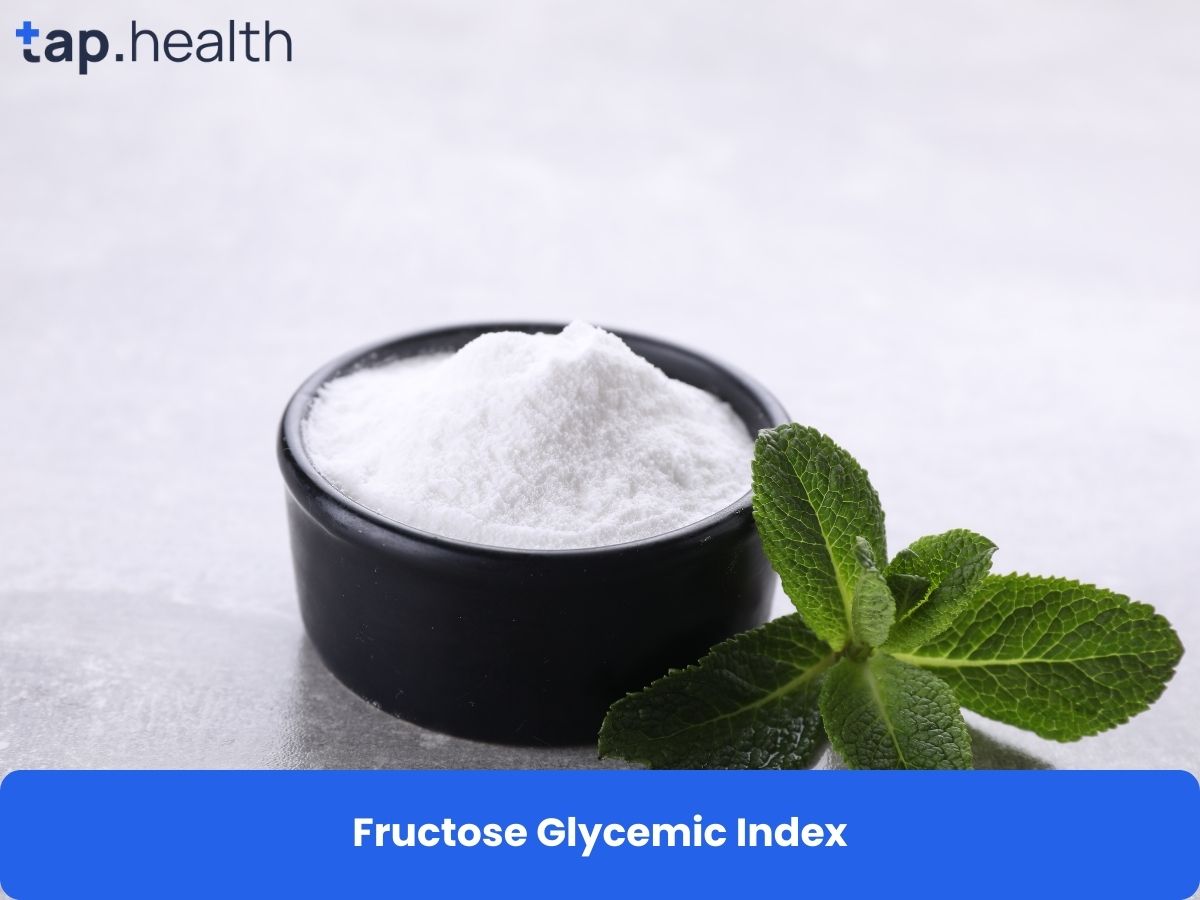Gastroesophageal reflux disease (GERD) is a chronic digestive disorder where stomach acid or bile irritates the lining of the food pipe (esophagus). This condition affects millions worldwide and understanding its symptoms, causes, and management is crucial for those suffering from it.
What is Gastroesophageal Reflux Disease (GERD)?
Gastroesophageal reflux disease (GERD) occurs when the lower esophageal sphincter (LES), a muscular valve that opens to allow food and drink into the stomach, weakens or relaxes abnormally, allowing stomach acid to flow back up into the esophagus. The acid irritates the lining of the esophagus, leading to symptoms ranging from mild discomfort to severe complications.
Types of Gastroesophageal Reflux Disease (GERD)
GERD can present in different forms, including:
- Non-erosive reflux disease (NERD): Characterized by typical GERD symptoms without visible esophageal mucosal injury.
- Erosive reflux disease: Involves inflammation and erosion of the esophageal lining due to prolonged acid exposure.
Understanding these types helps in diagnosing and managing the condition effectively.
15 Symptoms of Gastroesophageal Reflux Disease (GERD)
GERD symptoms can vary widely among individuals but commonly include:
1. Heartburn
Heartburn is characterized by a burning sensation in the chest, often felt after eating or when lying down. It occurs when stomach acid backs up into the esophagus, causing irritation and discomfort.
2. Regurgitation
Regurgitation involves the sensation of sour or bitter-tasting acid moving up into the throat or mouth. It can be accompanied by a feeling of a lump in the throat and is a common symptom of GERD.
3. Chest Pain
Chest pain in GERD can range from sharp to burning and is often mistaken for a heart attack. It occurs due to the irritation of the esophageal lining by stomach acid refluxing into the chest area.
4. Difficulty Swallowing (Dysphagia)
Dysphagia refers to difficulty swallowing, particularly with solid foods, and can feel like food is stuck in the throat or chest. It occurs when acid reflux causes inflammation or narrowing of the esophagus.
5. Chronic Cough
A persistent dry or wet cough that worsens at night or after meals can be a symptom of GERD. The reflux of stomach acid into the throat and airways irritates the respiratory system, triggering coughing.
6. Laryngitis
Laryngitis involves hoarseness, throat clearing, or a sore throat caused by acid irritating the voice box (larynx). It is common in GERD patients due to the reflux of stomach contents into the throat.
7. Asthma Exacerbation
GERD can worsen asthma symptoms, leading to coughing, wheezing, and shortness of breath. Acid reflux irritates the airways, triggering inflammation and exacerbating underlying asthma conditions.
8. Dental Erosion
Acid reflux can erode tooth enamel over time, leading to increased tooth sensitivity and dental problems. This occurs when stomach acid reaches the mouth and affects dental health.
9. Sinusitis
Sinusitis, or inflammation of the sinuses, can be aggravated by GERD. Acid reflux irritates the nasal passages, leading to inflammation and contributing to sinus symptoms such as congestion and discomfort.
10. Sore Throat
Persistent throat irritation and discomfort, often accompanied by a sensation of a lump in the throat, can result from acid reflux affecting the throat lining and causing soreness.
11. Belching
Excessive burping or belching after meals or when lying down is common in GERD. It occurs as the body tries to expel excess air swallowed along with food, exacerbated by acid reflux.
12. Bloating
Feeling bloated or full after eating, often due to gas build-up from acid reflux, is a common symptom of GERD. This discomfort arises as stomach contents, including gas, are regurgitated into the esophagus.
13. Nausea
Nausea or queasiness, particularly after meals, can occur in GERD due to the irritation of the stomach lining by refluxed stomach acid. It can contribute to a general feeling of discomfort and unease.
14. Bad Breath (Halitosis)
Persistent bad breath that does not improve with oral hygiene practices may be linked to GERD. Stomach acid refluxing into the mouth can contribute to halitosis or foul-smelling breath.
15. Chest Congestion
A feeling of heaviness or mucus in the chest, often accompanied by difficulty breathing, can result from GERD. Acid reflux irritates the airways, leading to congestion and discomfort in the chest area.
These symptoms can vary in severity and frequency from person to person, and some individuals may experience a combination of several symptoms.
Causes of Gastroesophageal Reflux Disease (GERD)
Several factors contribute to the development of GERD, including:
1. Weak Lower Esophageal Sphincter (LES)
The lower esophageal sphincter (LES) is a muscular valve that closes to prevent stomach acid from refluxing into the esophagus. When the LES is weakened or relaxed, it fails to close properly after food passes into the stomach, allowing acid to flow back up. This leads to irritation and inflammation of the esophageal lining, causing GERD symptoms.
2. Hiatal Hernia
A hiatal hernia occurs when the upper part of the stomach protrudes through the diaphragm into the chest cavity. This anatomical abnormality can weaken the LES, making it easier for acid to reflux into the esophagus. The herniated stomach creates a pocket that traps food and acid, exacerbating GERD symptoms.
3. Dietary Factors
Certain dietary habits can trigger or worsen GERD symptoms. Consuming large meals increases pressure on the stomach, forcing acid into the esophagus. Fatty and spicy foods, caffeine, alcohol, and carbonated beverages relax the LES or irritate the esophageal lining, promoting acid reflux. Managing diet by avoiding trigger foods and eating smaller, more frequent meals can help alleviate symptoms.
4. Obesity
Excess weight, especially around the abdomen, increases abdominal pressure and pushes stomach contents upward into the esophagus. This pressure can weaken the LES and contribute to acid reflux. Obesity is also associated with hormonal changes that may further relax the LES, exacerbating GERD symptoms. Weight loss through diet and exercise can significantly reduce GERD symptoms and improve overall health.
5. Smoking
Smoking and nicotine use weaken the LES and impair esophageal muscle function, raising the risk of GERD. Nicotine relaxes the LES, facilitating stomach acid reflux into the esophagus. Smoking also reduces saliva production, which normally helps neutralize acid and protect the esophageal lining. Quitting smoking can greatly alleviate GERD symptoms and decrease the likelihood of complications.
Understanding these causes helps in managing and preventing GERD symptoms effectively.
Risk Factors of Gastroesophageal Reflux Disease (GERD)
Certain factors increase the risk of developing GERD or exacerbating symptoms:
1. Age
GERD is more prevalent in adults, particularly those over 40 years old. As people age, the lower esophageal sphincter (LES) may weaken, increasing the likelihood of stomach acid refluxing into the esophagus. Age-related changes in digestive function can also contribute to GERD symptoms.
2. Pregnancy
During pregnancy, hormonal changes, particularly an increase in progesterone, can relax the LES. Additionally, the growing uterus puts pressure on the abdomen, further exacerbating GERD symptoms. Many pregnant women experience heartburn and acid reflux, especially in the later stages of pregnancy.
3. Medications
Certain medications can weaken the LES or irritate the esophagus, leading to GERD symptoms. Examples include calcium channel blockers (used for high blood pressure and heart conditions), antihistamines, nitrates (used for chest pain), and sedatives. These medications can affect esophageal function and increase the risk of acid reflux.
4. Family History
A family history of GERD or related conditions (such as hiatal hernia) may predispose individuals to developing GERD themselves. Genetic factors can influence the strength and function of the LES, affecting its ability to prevent stomach acid from refluxing into the esophagus.
5. Certain Medical Conditions
Several medical conditions can affect esophageal function and increase the risk of GERD. Conditions such as scleroderma (a connective tissue disease), diabetes (especially if poorly controlled), and connective tissue disorders can impair esophageal motility or weaken the LES. These factors contribute to acid reflux and the development of GERD symptoms.
Identifying and managing these risk factors can help reduce the likelihood of developing GERD and improve symptom management in those already diagnosed with the condition.
Diagnosis of Gastroesophageal Reflux Disease (GERD)
Diagnosing GERD involves a combination of medical history, symptom evaluation, and diagnostic tests, including:
1. Symptom Assessment
Symptom assessment involves a detailed discussion with the patient about their symptoms, including heartburn, regurgitation, chest pain, difficulty swallowing, and other associated issues. The frequency, severity, triggers (such as certain foods, lying down after meals), and impact on daily life are evaluated to understand the pattern and nature of GERD symptoms.
2. Physical Examination
During a physical examination for GERD, healthcare providers look for signs such as chest pain (which may mimic heart-related pain), throat irritation, and signs of esophageal inflammation (such as redness or swelling). Examination of the throat and mouth for signs of acid erosion on teeth and oral tissues may also be conducted.
3. Upper Endoscopy
Upper endoscopy (also known as esophagogastroduodenoscopy or EGD) is a procedure where a flexible tube with a camera (endoscope) is passed through the mouth into the esophagus, stomach, and upper part of the small intestine. This allows visualization of the esophageal lining to assess for signs of inflammation, irritation (such as erosions or ulcers), or damage caused by acid reflux. Tissue samples (biopsies) can also be taken for further examination.
4. Esophageal pH Monitoring
Esophageal pH monitoring measures the level of acid in the esophagus over a 24-48 hour period using a thin tube inserted through the nose and into the lower part of the esophagus. This test helps determine the frequency, duration, and severity of acid reflux episodes, which is crucial in diagnosing GERD and evaluating the effectiveness of treatment. It provides objective data on acid exposure in the esophagus beyond what symptoms alone may indicate.
5. Esophageal Manometry
Esophageal manometry measures the pressure and coordination of muscle contractions in the esophagus. A thin, flexible tube is passed through the nose and into the esophagus to assess how well the muscles in the esophagus are working and to measure the pressure exerted by the LES. This test helps evaluate esophageal function, including the ability of the LES to prevent acid reflux. It is particularly useful in diagnosing conditions where esophageal motility disorders may contribute to GERD symptoms.
These tests help confirm the diagnosis of GERD and determine the severity of the condition, guiding treatment decisions.
Treatment for Gastroesophageal Reflux Disease (GERD)
Treatment for GERD focuses on relieving symptoms, healing esophageal damage, and preventing complications. Treatment options include:
1. Lifestyle Modifications
Lifestyle modifications are often the first line of defense in managing GERD symptoms. They include:
- Avoiding Trigger Foods: Spicy, fatty, acidic, and caffeinated foods can exacerbate GERD symptoms by increasing stomach acid production or relaxing the LES.
- Eating Smaller Meals: Consuming smaller, more frequent meals reduces pressure on the stomach and decreases the likelihood of acid reflux.
- Avoiding Lying Down After Eating: Waiting at least 3 hours after meals before lying down helps prevent stomach acid from refluxing into the esophagus.
- Losing Weight: Excess weight, especially around the abdomen, can increase abdominal pressure and worsen GERD symptoms. Losing weight through diet and exercise can alleviate symptoms.
- Elevating the Head of the Bed: Raising the head of the bed by 6 to 8 inches using bed risers or a wedge pillow helps gravity keep stomach acid from refluxing into the esophagus during sleep.
2. Medications
Medications can help manage GERD symptoms and reduce acid production:
- Over-the-Counter Antacids: Antacids like Tums or Rolaids neutralize stomach acid, providing temporary relief from heartburn and indigestion.
- H2 Receptor Blockers: H2 blockers such as ranitidine (Zantac) or famotidine (Pepcid) reduce the production of stomach acid, helping to alleviate symptoms and promote healing of the esophageal lining.
- Proton Pump Inhibitors (PPIs): PPIs like omeprazole (Prilosec), esomeprazole (Nexium), and lansoprazole (Prevacid) block acid production in the stomach by inhibiting proton pumps in the stomach lining. They are effective in reducing acid reflux and allowing time for damaged esophageal tissue to heal. PPIs are typically used for moderate to severe GERD symptoms and may require a prescription from a healthcare provider.
3. Surgery
Surgical intervention may be considered for severe GERD cases that do not respond to medications and lifestyle changes:
- Fundoplication: In this surgical procedure, the upper part of the stomach (fundus) is wrapped around the lower esophagus to strengthen the LES and prevent acid reflux. It is often performed laparoscopically and aims to correct hiatal hernias and reinforce the LES to reduce GERD symptoms.
- LINX Device: A newer option involves placing a small, flexible band of magnetic beads around the LES to strengthen it and prevent acid reflux while allowing food to pass through normally.
The choice of treatment depends on the severity of symptoms, response to initial treatments, and the presence of complications such as esophageal strictures or Barrett’s esophagus.
When to See a Doctor
It is important to consult a healthcare professional if you experience:
- Persistent or frequent symptoms of GERD despite lifestyle modifications.
- Difficulty swallowing, especially if accompanied by pain or weight loss.
- Severe chest pain, especially if it radiates to the arm, neck, or jaw.
- Respiratory symptoms such as wheezing, coughing, or hoarseness that worsen with GERD symptoms.
- Symptoms that interfere with daily activities or sleep.
Early diagnosis and treatment can help prevent complications and improve quality of life for individuals with GERD.
FAQ on Gastroesophageal Reflux Disease (GERD) Symptoms
Q: Can GERD be cured?
A: While GERD is a chronic condition, it can be effectively managed with lifestyle modifications, medications, and in some cases, surgery. Symptoms can often be controlled to improve quality of life.
Q: What foods should I avoid with GERD?
A: Common trigger foods include spicy foods, fatty foods, citrus fruits, chocolate, caffeine, alcohol, and carbonated beverages. However, triggers can vary among individuals, so it is important to identify and avoid foods that worsen symptoms.
Q: Can GERD cause cancer?
A: Prolonged untreated GERD can lead to complications such as Barrett’s esophagus, a condition where the lining of the esophagus changes, increasing the risk of esophageal cancer. Regular monitoring and treatment of GERD can help reduce this risk.
References
Gastroesophageal reflux disease (GERD) – Symptoms and causes – Mayo Clinic



